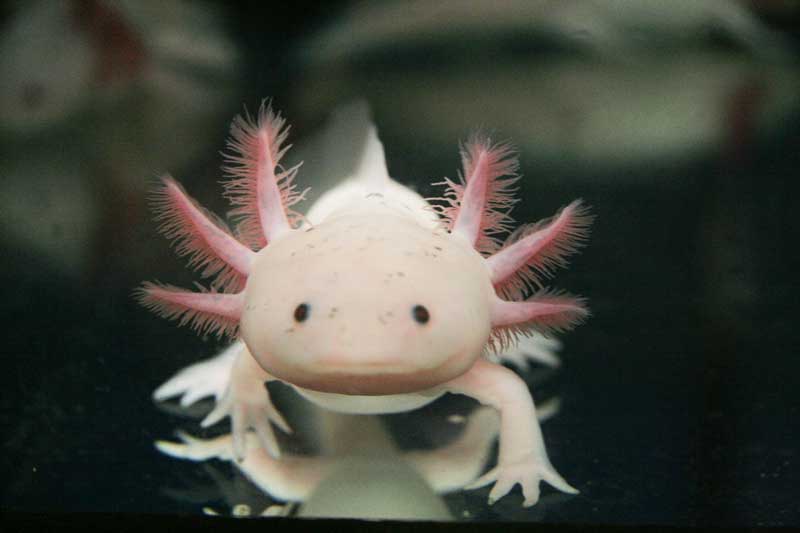The key objective of the Cluster of Excellence Physics of Life is to identify principles that govern the dynamic spatiotemporal organization of life at the scales of molecules, cells and tissues, by utilizing innovative experimental approaches, theoretical predictions and computer simulation. We aim to provide an understanding of how biological processes emerge from the laws of physics, to deepen our understanding of living biological matter.
Our Strategy: Understand biological processes as physical processes – focus on key biological questions that call for a physics perspective. We break down the complex task of understanding the principles of dynamic organization of the living state of matter into six Research Avenues (RAs) that focus on distinct scientific goals, and that support and stimulate each other.
Guided Mechanochemical Self-Organization
Research Avenue 1 wants to unravel the principles by which mechanics and biochemical coupled in morphogenesis. We aim to reveal how the associated modules of self-organization are guided by physical cues and upstream signaling pathways.
Compartmentalization of Living Matter
Research Avenue 2 wants to understand the extent to which the principles of phase separation and phase transitions help in understanding how cells modulate their biochemistry. We aim to have a general understanding of the ways in which phase separation and cellular compartments emerge from physical chemistry and the interaction of individual molecules.
Research Avenue 3’s objective is to elucidate collective spatiotemporal behaviors of active molecular systems, and to reveal the principles by which active molecular assemblies give rise to dynamic intracellular processes. We aim to obtain a general understanding of the principles by which collectives of active molecules generate intracellular dynamics.
Fluxes, Fluctuations and the Emergence of Form
Research Avenue 4 will reveal physical principles of organization that underlie the living state of matter. This research avenue will stimulate and aid RA1–3 by integrating the discoveries of RA1–3 in a more general context. We will bring concepts of non-equilibrium statistical physics and of nonlinear dynamics to the study of living matter.
Scientific Computing and Systems Microscopy
Research Avenue 5 will provide the required advances in computational approaches and interactive interrogation of biological systems. We will develop methodologies that enable quantitative predictions of spatiotemporal dynamics, interactively perturb samples, and test theories using a novel generation of computer simulation methods integrated with immersive, smart microscopes.
Engineering Control
Research Avenue 6 will develop complementary means to engineer and modulate living systems at the scales of molecules, cells and tissues, to exert exquisitely accurate and flexible control that will empower the investigation of biophysical mechanism.
Involved Institutions:
- Helmholtz-Zentrum Dresden-Rossendorf (HZDR)
- Leibniz-Institut für Polymerforschung Dresden e.V. (IPF)
- Max Bergmann Zentrum für Biomaterialien
- Max-Planck-Institut für Physik komplexer Systeme
- Max-Planck-Institut für molekulare Zellbiologie und Genetik (MPI-CBG)
- Max-Planck-Institut für Molekulare Zellbiologie und Genetik
- Zentrum für Systembiologie Dresden (CSBD)




